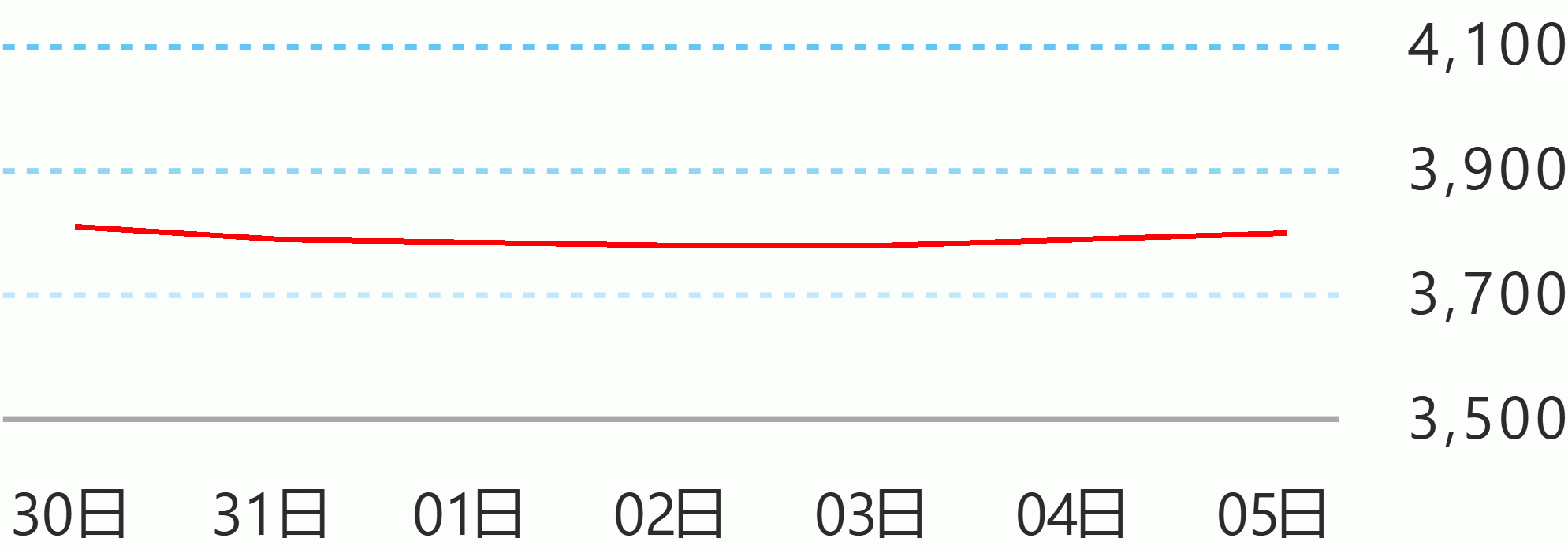External debt (EDT) expressed as a percentage of gross domestic product (GDP) was recorded at 29 percent for the first quarter, the Bangko Sentral ng Pilipinas (BSP) said Saturday.
This is higher than the EDT to GDP ratio of 27.5 percent in end-December 2022 due to a change in the scope of the external debt stock to include non-resident holdings of Peso-denominated debt securities issued onshore ($3.8 billion).
The statistical adjustment, which resulted from the availability of detailed information on non-resident holdings of securities, is in line with the International Monetary Fund’s standards under the External Debt Statistics Guide and the International Balance of Payments and International Investment Position Manual.
Borrowings by the public sector for the National Government’s (NG) general financing requirements, funding of pandemic recovery measures, and other infrastructure programs, among others, also contributed to the growth in the debt stock.
Other key external debt indicators also remained at manageable levels. Gross international reserves stood at $101.5 billion as of end-March and represented 5.9 times cover for short-term (ST) debt based on the original maturity concept.
The debt service ratio (DSR) rose to 12.9 percent from 4 percent for the same period last year due to the higher recorded repayments in the first quarter.
The DSR, which relates principal and interest payments (debt service burden) to exports of goods and receipts from services and primary income, is a measure of adequacy of the country’s foreign exchange (FX) earnings to meet maturing obligations.
External debt, which refers to all types of borrowings by Philippine residents from non-residents (following the residency criterion for international statistics), stood at $118.8 billion as of end-March , up by $7.5 billion (or 6.8 percent) from the $111.3 billion level as of end-2022.
The rise in the debt level during the first quarter of 2023 was driven primarily by the aforesaid statistical adjustment involving the inclusion of the non-resident holdings of Peso-denominated debt securities issued onshore in the debt stock.
Other drivers for the increase in the external debt stock include: (a) net availments of $2.7 billion, largely by the NG as it raised $3 billion from the issuance of a multi-tranche Global Bond for its general financing requirements; (b) prior periods’ adjustments of $767 million; and (c) the appreciation of other currencies against the US dollar which increased the US Dollar equivalent of borrowings denominated in other currencies, thereby resulting in an overall positive FX revaluation of $432 million.
Year-on-year, debt stock rose by $9.1 billion. The increase was driven by: net availments of $7.6 billion, of which $7.4 billion pertain to NG borrowings; (b) inclusion of non-residents holdings of Peso-denominated debt securities ($3.8 billion); and (c) prior periods’ adjustments of $646 million.
Meanwhile, the transfer of Philippine debt papers from non-residents to residents of $1.7 billion and negative FX revaluation of $1.3 billion partially tempered the increase in the debt stock for the period.
As of end-March, the maturity profile of the country’s external debt remained predominantly medium- and long-term (MLT) in nature (i.e., those with original maturities longer than one year), with share to total at 85.4 percent.
The weighted average maturity for all MLT accounts slightly increased to 17.3 years from 17.2 years in end-2022, with public sector borrowings having a longer average term of 20.2 years compared to 7.2 years for the private sector.
On the other hand, ST accounts [or those with original maturities of up to one year comprised only 14.6 percent of the outstanding debt stock and consisted of bank liabilities, trade credits and others. This means that FX requirements for debt payments are still well spread out and, thus, manageable.
Of the MLT accounts, 57.7 percent have fixed interest rates, 40.9 percent carry variable rates, and 1.5 percent balance are non-interest bearing.
Public sector external debt rose to $75.2 billion (or by $7.8 billion) in the first quarter, from the previous quarter’s $67.4 billion level.
This increase raised its share to total vis-à-vis private sector external debt from 60.1 percent to 63.3 percent. About $68.1 billion (90.5 percent) of public sector obligations were NG borrowings, while the remaining $7.1 billion pertained to loans of government-owned and controlled corporations, government financial institutions and the Bangko Sentral ng Pilipinas.
During the quarter, private sector debt slightly declined from $43.9 billion as of end-2022 to $43.6 billion as of end-March, with share to total likewise decreasing from 39.4 percent to 36.7 percent.
This was due mainly to net repayments of $1.3 billion, which offset prior periods’ adjustments of $707 million; the net acquisition of Philippine debt securities by non-residents from residents of $251 million; and positive FX revaluation of $59 million.
Major creditor countries were: Japan ($14.3 billion), United States of America ($3.6 billion), and United Kingdom ($3.2 billion).
Loans from official sources (multilateral and bilateral creditors) had the largest share (37.9 percent) out of the total outstanding debt, followed by borrowings in the form of bonds/notes (35.2 percent) and obligations to foreign banks and other financial institutions (20.9 percent); the rest (5.9 percent) were owed to other creditors (mainly suppliers/exporters).
In terms of currency mix, debt stock remained largely denominated in US dollar (76 percent) and Japanese yen (8.3 percent) while the 15.7 percent balance pertained to 17 other currencies, including the Philippine peso, Euro and Special Drawing Rights. BSP





 English
English









